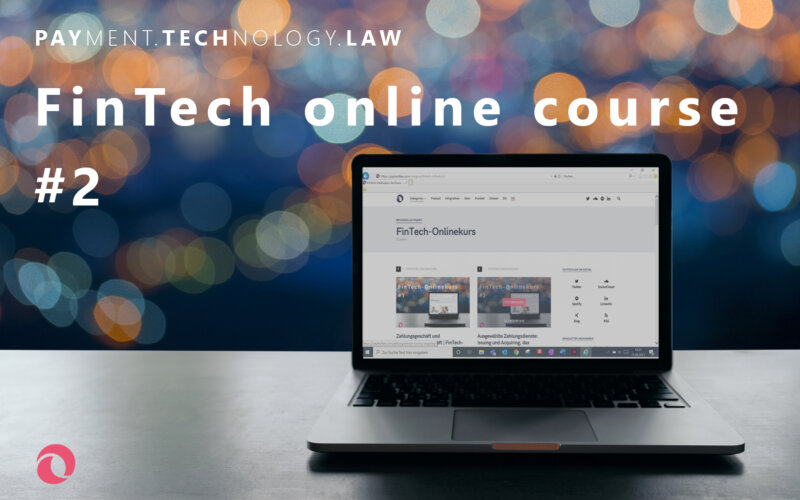The issuing of payment instruments (“issuing”) and the acceptance and settlement of payment transactions (“acquiring”) are two very different payment services but – perhaps somewhat confusingly – are comingled in the same paragraph of the law. In Section 1 (1) sentence 2 no. 5 of the ZAG (based on Annex I no. 5 of PSD2), these payment services are described as follows: “the issuing of payment instruments or the acceptance and settlement of payment transactions (acquiring service)”.
What exactly is behind this?
First alternative of the facts: the issuing of payment instruments
The payment service provider issues a payment instrument to the payment service user. According to Section 1 (20) ZAG, a payment instrument is any personalised instrument or procedure the use of which has been agreed between the payment service user and the payment service provider and which is used to give a payment order. This is a very broad definition which is deliberately technologically neutral.
Examples of payment instruments are debit and credit cards; the cards are personalised and it has been agreed with the card issuer that the credit card account will be debited when the card is used. Apart from cards, a payment instrument can also be online or telephone banking, where the payment order is authorized by a password/PIN/TAN. An app can also be a payment instrument if it is personalised and a procedure has been agreed with the provider for making a payment order. This means that services often referred to as “wallet” are basically the issuing of a payment instrument.
From a regulatory point of view, issuing is a payment service requiring an authorization authorisation unless one of the exemptions applies (e.g. the payment instrument can only be used to purchase a very limited range of products).
In order to carry out issuing for VISA and Mastercard, the card-issuing agency must have an “issuing licence” from VISA or Mastercard in addition to the regulatory approval, or “borrow” the BIN from another issuer by way of BIN sponsoring.
Second alternative: acquiring, the acceptance and settlement of payment transactions
The term acquiring used to refer only to the acceptance of payment cards but is now much broader, as it covers the acceptance of payment transactions in general, regardless of how they were initiated. An example of acquiring as a payment service is an internet platform that accepts buyers’ payments for merchants operating on the platform. The platform accepts payments from buyers, for example, made by credit card, SEPA direct debit or bank transfer, payment initiation service, PayPal or Alipay. The platform accepts the payment transactions, collects them and settles the accounts with the merchants.
For VISA and Mastercard acceptance, a licence from VISA or Mastercard is required in addition to the payment service licence for acquiring. If the platform in our example does not have this itself, it can engage an acquirer with the corresponding “Principle Membership” with VISA and Mastercard for acceptance and then act as a so-called sub-acquirer. This also fulfils the definition of acquisition business.
In the case of acquiring, the payment service user does not usually have an account with the payment service provider, but the latter usually receives the funds in a collective safeguarding account, settles the account and pays out the funds received. In addition to acquiring, it may also be argued that this meets the definition of money remittance as well but according to the interpretation of BaFin, acquiring is the more specific payment service, to which money remittance is subsidiary.
Next time you pay, remember: the card, the PayPal account or online banking are a payment instrument, to use them there is an “issuing” contract with the payment service provider who issues it. The merchant where payment is made usually has a contract with a payment service provider for acquiring payment transactions.
LINK TO THE HOMEPAGE OF THE FINTECH ONLINE COURSE
Cover picture: Copyright © Adobe / sutthinon602




